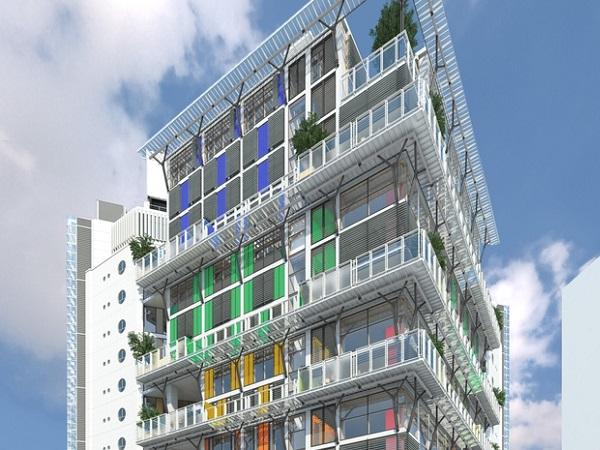
Date: 1 March 2018
We recently completed a project at Guy’s Hospital in London, supplying fire-rated windows and curtain walling. We’ve also worked on other healthcare projects across the UK, as well as internationally in Saudi Arabia and Hong Kong.
In each case, our systems either robustly contain fire and prevent it spreading, or protect escape routes. That’s particularly important in a hospital or healthcare facility where many of the occupants may be frail or immobile.
While fatal fires in hospitals are thankfully rare, they do happen. In January this year, nearly 40 people died in a fire in a hospital in Miryang, South Korea – the country’s deadliest fire in nearly a decade.
Fire safety in hospitals falls under the Regulatory Reform (Fire Safety) Order 2005, itself under the Regulatory Reform Act 2001 and requires fire risk assessments, fire safety policies and an operational strategy for implementing them – including rehearsed plans for the safe evacuation of patients, staff and visitors.
That initial assessment starts with a close examination of the possible risks against the hospital’s occupants, structure, resources and continuity of operations, and there are a number of assessment methodologies to understand the potential threats, identify the assets to be protected, and how best to mitigate against risk.
It’s led to design teams taking a multi-disciplinary approach to assessing hazards – from power failure to cyber attack, from civil disorder to fire and explosive detonation – and arriving at risk assessments that, hopefully, illuminate how that that building should be designed, built and safely operated.
But the size and complexity of modern hospitals means that the risk of fire cannot be entirely avoided. What’s important is that it is detected quickly, contained and then dealt with.
Modern thinking on fire safety in healthcare facilities extends back to 1949 and a catastrophic fire in St Anthony’s Hospital in Effingham, Illinois, which killed over 70 people, including 11 newborn babies.
From that disaster came regulations on flame-retardant materials and effective barriers to contain fires at source, and a new recognition in both the USA and UK that containment was an integral part in minimizing fire risk.
Fire safety is an issue that is constantly being reviewed. For example, following a hospital fire in Ipswich in 2011, all hospitals in England and Wales were urged to review their fire safety measures – with worries over mismanagement and lack of governance.
But if fire does break out, it needs to be suppressed – most commonly with a sprinkler system – and contained, which is where specialist glazing systems have an important role to play – containing the fire for up to 120 minutes: long enough for safe evacuation and for an emergency response.
At Wrightstyle, we have long UK and international experience in designing steel and aluminium systems to mitigate against fire and other security risks, in all kinds of commercial and public buildings. For example, for a healthcare project in Hong Kong, in a typhoon area, the design specifically required high wind-loading resistance – which our advanced systems provide.
In a hospital environment, where ambient light has an important influence on staff morale and patient recovery, glazing systems can have both a functional and aesthetic purpose: helping in the recovery process and, if fire breaks out, ensuring that it is contained at source.
 600450
600450




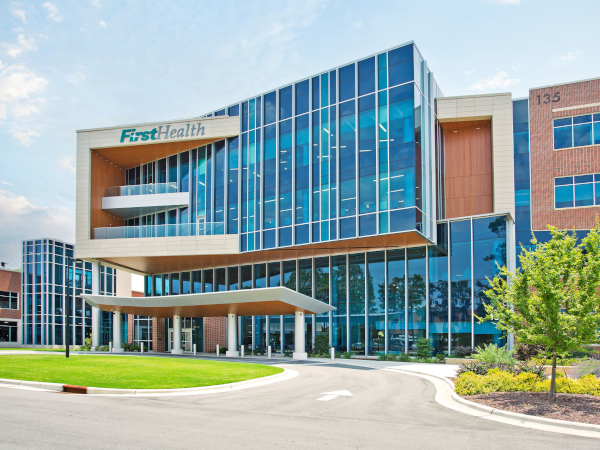
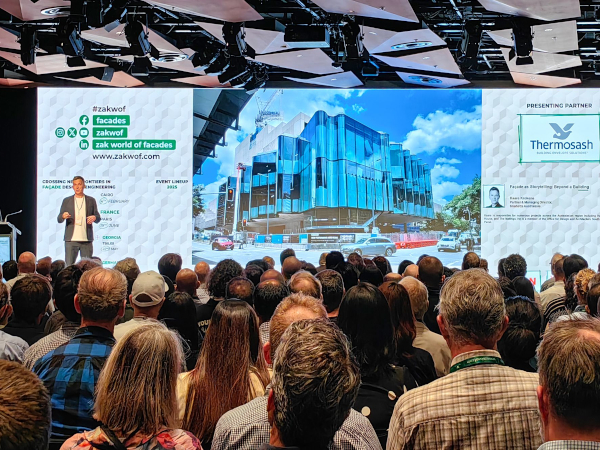
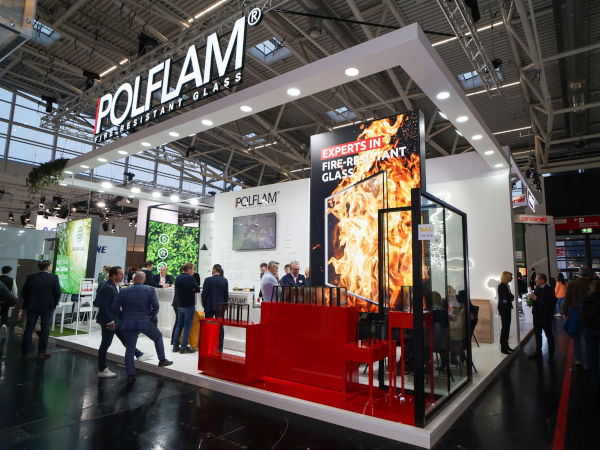











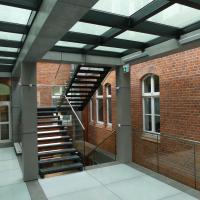
Add new comment